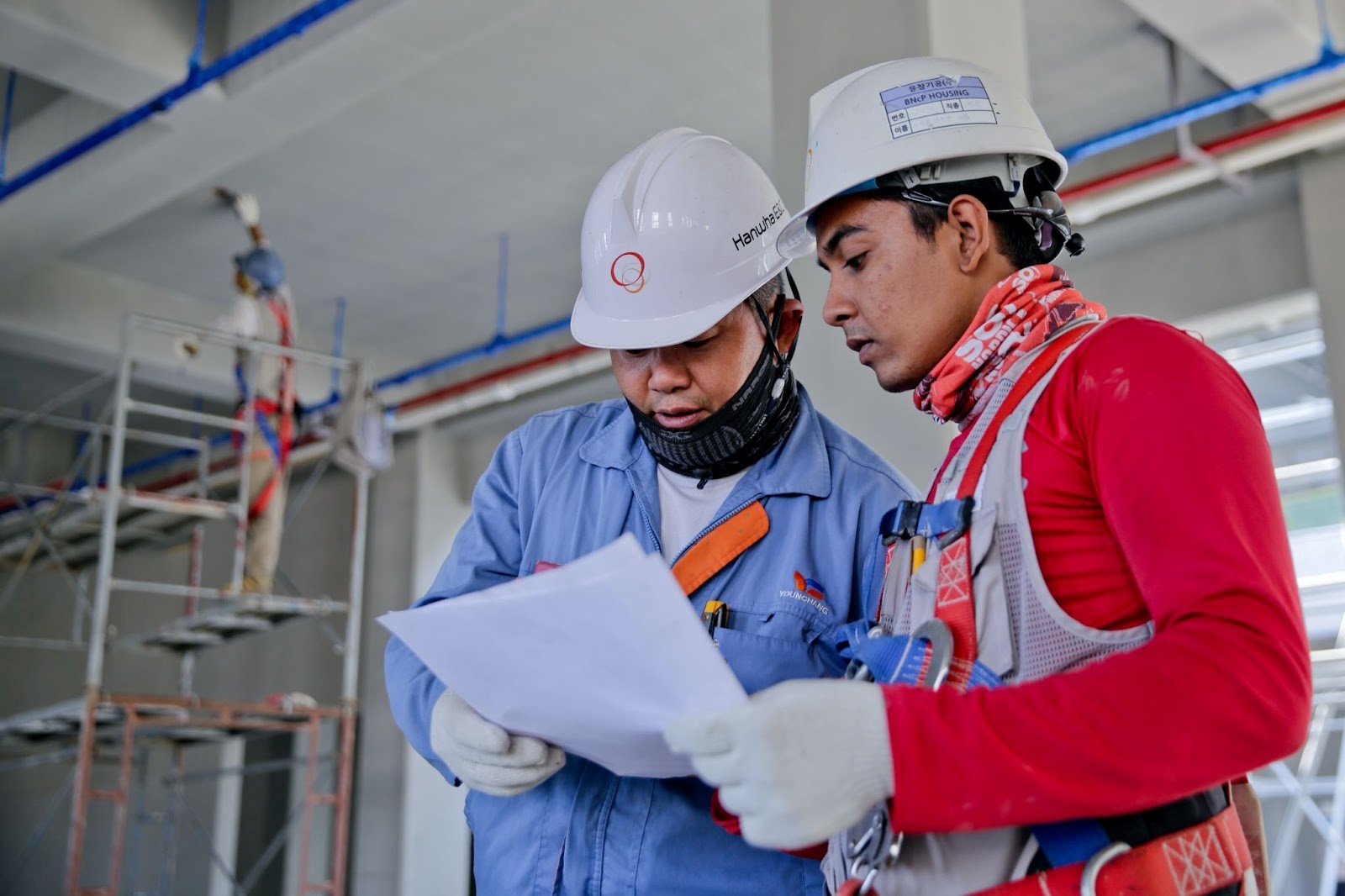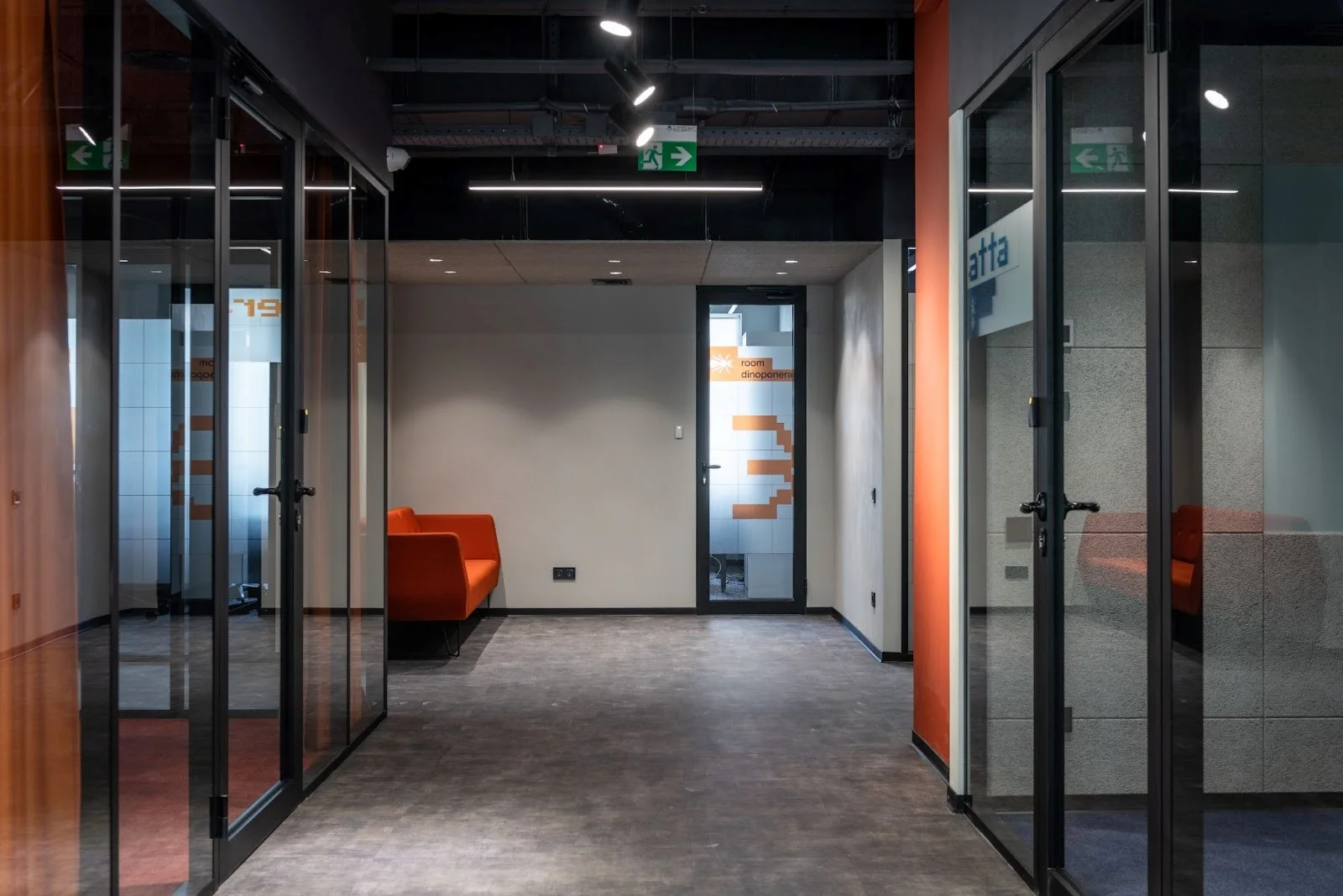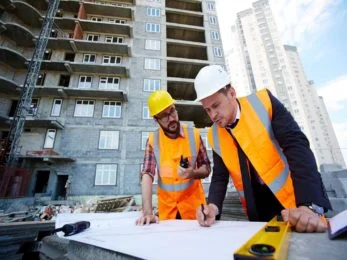Basic construction knowledge can help you take the right steps towards ensuring that your project gets completed efficiently within budget and in the time frame that has been estimated. To whatever degree, construction of any kind is a part of our lives. Most of us are not real estate professionals, however, knowing about the different aspects of construction can be helpful.
For any construction company in Texas, there is always a choice between Turnkey construction and design build construction depending on the project at hand. Having their advantages and disadvantages, we are going to discuss these two aspects of construction in this article. Let’s get started.
What is Design Build Construction?
The design build construction system merges the two segregated contracts for the design and construction into one. In this scenario, the owner is in complete control and coordinates with a single contractor who forms a team with the designer and manages all subcontractors.
Once the team is ready, the project’s goals, budget, and construction schedule are planned out and executed by the owner and the design build team under the leadership of the lead contractor. The alliance between the design and the construction team allows the owner and the entire team to focus on the best way to deliver the end product rather than get constantly distracted and slowed down by miscommunication and internal conflicts.
What Are The Advantages Of Design Build Construction?
Merging the design and construction contracts into one allows for a much more streamlined and efficient work process. The design build has replaced traditional methods of construction and is one of the most popular construction methods in America. Here are a few advantages of the design vs build construction process.
- The Owner has the opportunity to thoroughly understand every aspect of the project, Concerning both design and construction. They have a complete idea about the vision of the project and a clear insight into the goals of the project.
- Designers, Architects, Contractors, and Sub Contractors all work in a coalition under a singular leadership. This allows them to draft the best possible design and build options for the project while keeping things under budget. The lead contractor is also issued several drafts that meet the vision of the project, which allows for an assortment of good options to choose from.
- Working with one single team leads to fewer changes and also more efficiency when it comes to time management and budget management.
- The owner of the project has a clear and precise idea about the budget and where it is heading and can also contribute creatively to the design and have certainty about the quality of construction and on-time completion.
- Design and build contractors handle all the permitting and ensure that everything is up to code.
- It is always in the best interest of the design-build crew to complete a project on time and within budget. This is one of the biggest advantages of choosing a design vs build project.
What Are The Disadvantages of Design vs Build Construction?
Although design vs build construction is widely implemented, there are a few disadvantages that owners and contractors might encounter.
- Regardless of a single team, conflicts between members are unavoidable at certain times. Conflicts might lead to certain delays in the project.
- Any change in design or any other front has to be approved before the beginning of the project. Additions, later on, might lead to added costs and an increase in budget.
What Is Turnkey Construction?
Very similar to the design vs build model, turnkey construction pins the entire responsibility of the project on the contractor or rather the company that handles the project. In case of any setbacks, the contractor is responsible. The turnkey contractor is responsible for the entire project and all responsibilities pertaining to it.
One can consider turnkey construction as a one-stop solution, where the contractor handles everything from communication, planning to execution with different teams to finish the project on time and within budget. This construction model is preferred by most construction companies as it gives them complete control of a project.
What are the Advantages of Turnkey Construction?
- Turnkey constructions save valuable time and money for the owner. Once the final design is approved, the construction company is solely responsible for the entire project. It is in their best interests to finish the construction well within schedule to extract optimal ROI.
- Turnkey projects save the client or owner a lot of stress and also ensure efficiency in the construction process. Turnkey contractors have their channels for material sourcing, efficient crews, and skilled laborers to complete the project with optimal efficiency. This allows the owner to stay out of the construction process and receive a final product.
- Any additional costs have to be borne by the contractor. Also, any delay or conflict is the contractor’s liability. Turnkey projects put clients in a position to simply pay the amount of money that has been fixed for the project initially.
What are the Disadvantages of a Turnkey Contract?
The entire responsibility of the contractor can also prove to be costly for the client. Here are a few disadvantages of a turnkey contract.
- The advantages of the owner can turn into a big disadvantage. Since the owner has no control over turnkey construction, there can be no changes or improvements that can be made in the project after locking on the final design.
- Turnkey construction allows certain contractors to get away with supplying cheap materials to maximize their profits. It is important to do a thorough background check on the construction company before getting into business with them.
- In certain situations, projects are stalled on account of them going over budget. The construction company might go bankrupt trying to pay for backlogs pertaining to big commercial projects. This situation has happened with multiple projects in the past across the country.
- While fluctuating rates are to be considered, in certain situations, the budget of a turnkey project increases midway or at the onset of construction.
Conclusion
Although Turnkey projects pin the responsibility of the project on the contractor, it is still the preferred method a lot of owners opt for to keep themselves in a hassle-free position. Different projects require different construction methods, however, in both cases an efficient and experienced contractor or construction company can be an asset.
This is where Rise construction comes in, our reputation as a construction company in Texas, precedes, and with our experience and expertise, you can rest assured that your project will be in safe hands. Visit our website to find out more about us and the projects that we have undertaken in the past.



